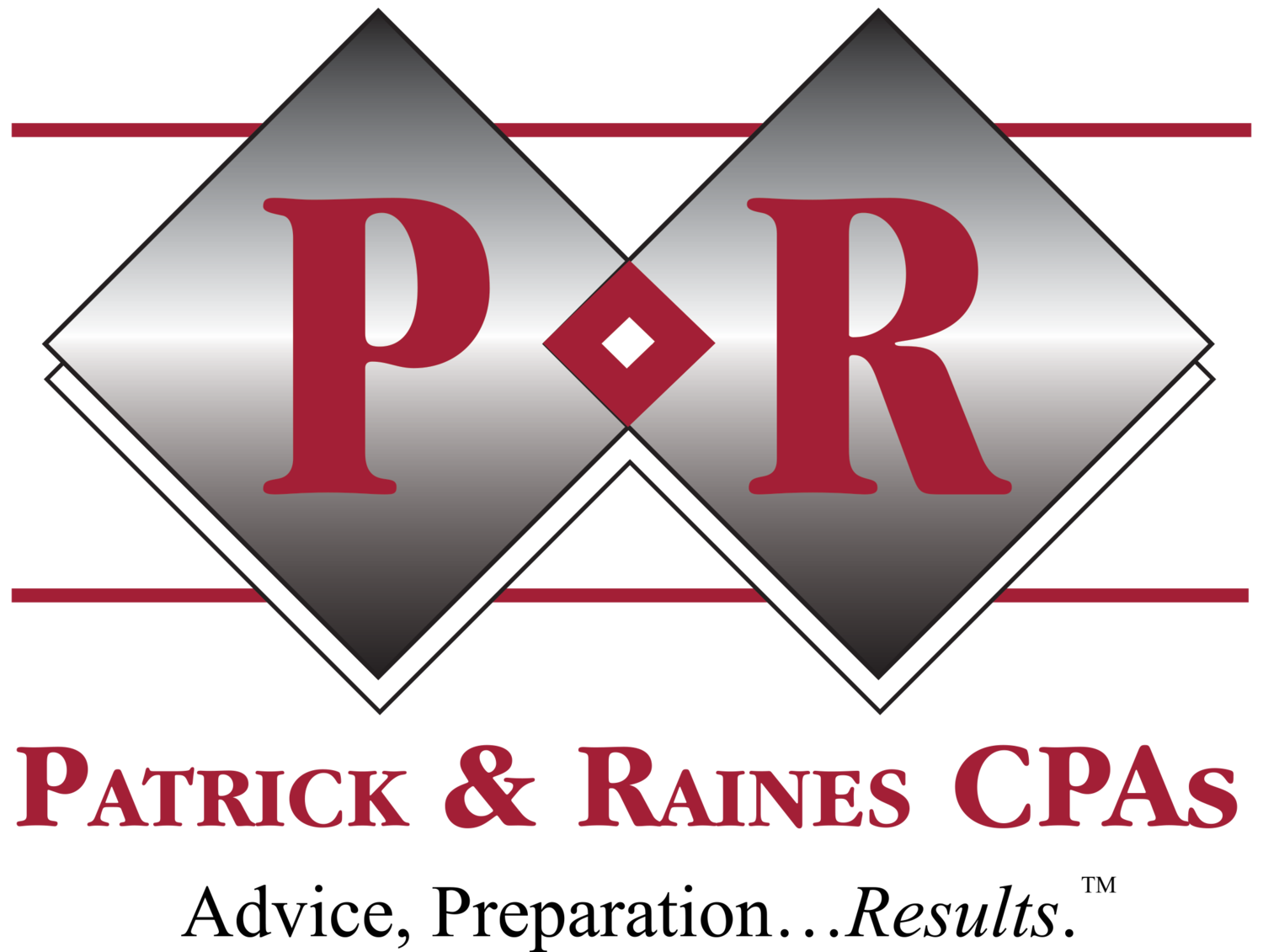The 2015 Tax Season…Will Be Different (Part 1)
By Mark Patrick, CPA, First of Three Parts | In March 2010, when the Affordable Care Act (ACA) became law, your 2014 income tax return and tax accounting services probably didn’t cross your mind.That return now sits on the horizon, and soon we’ll all face how to report officially our health insurance coverage this year…and your tax return plays a big role in that report. Brace yourself for a totally new experience when you’re handed your Form 1040.If you recall, the highlights of ACA are:
- The Supreme Court ruled certain penalty taxes (“shared responsibility payments”) must be paid by individuals who aren’t insured (the “individual mandate”);
- Tax credits (Section 36B Premium Assistance Credits) are available to low-income taxpayers who participate in health exchanges (the state health insurance marketplaces);
- Employers with more than 50 full-time equivalent (FTE) employees are responsible for providing minimum essential coverage (MEC) to their qualified workers (postponed until 2015); and
- Dependents under age 26 retain eligibility for their parents’ group insurance plans.
The revenue raisers include:
- High-cost, employer-sponsored plans (Cadillac plans) are subject to an excise tax of up to 40%;
- Companies with more than 50 FTE workers that offer employer-sponsored plans must report the total premiums paid on employee W-2 forms;
- The new “Hospital Insurance Tax” (HIT) siphons another 0.9% from the wages and self-employed income of those who earn more than $200,000/$250,000, depending on marital status (this tax began in 2013);
- The Net Investment Income Tax (NIIT—also began in 2013) is assessed on passive and investment income of those with more than $200,000/$250,000 of modified adjusted gross income (MAGI);
- A tax increase on non-qualifying HSA and Archer MSA distributions;
- An increase in the adjusted gross income (AGI) threshold for allowable medical deductions on Schedule A from 7.5% to 10%, initially only for those under 65 years old; and
- Additional taxes on specific industries, such as sun tan salons, medical equipment suppliers and health insurance companies.
Our next post will examine more closely the penalty tax if you weren’t insured. If you’re uncertain about how to handle your upcoming Form 1040—or any other tax or financial planning issues—the team at Patrick & Robinson CPAs can help. Contact us at (904) 396-5400 or Office@CPAsite.com.

